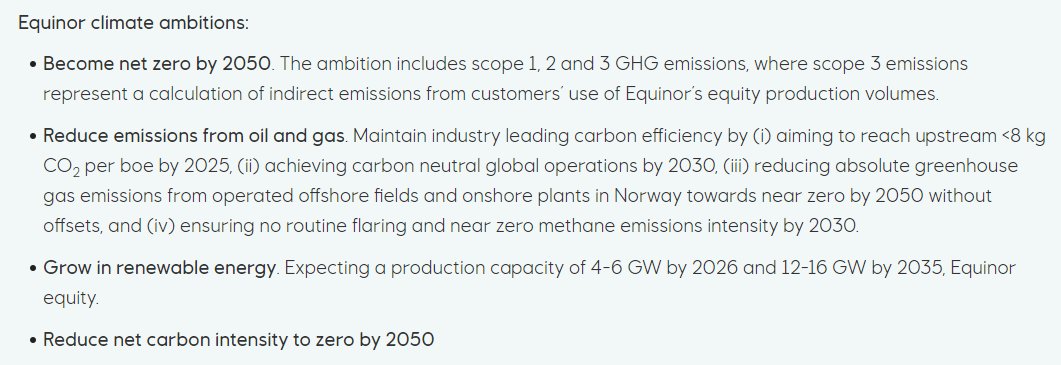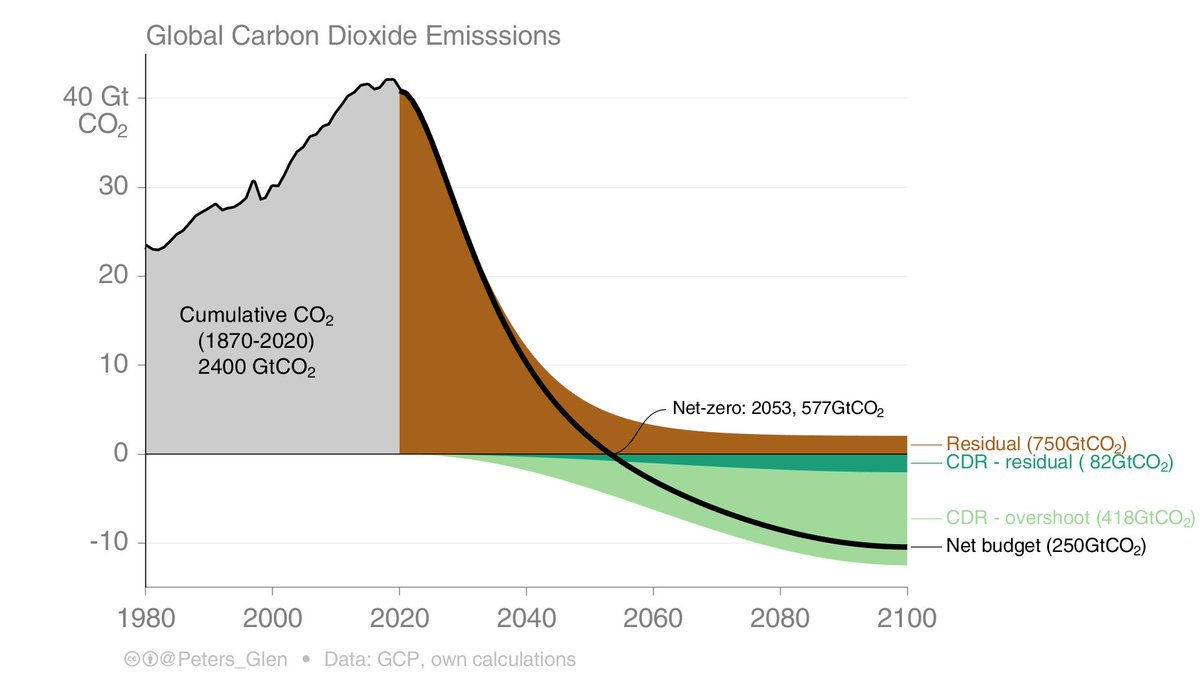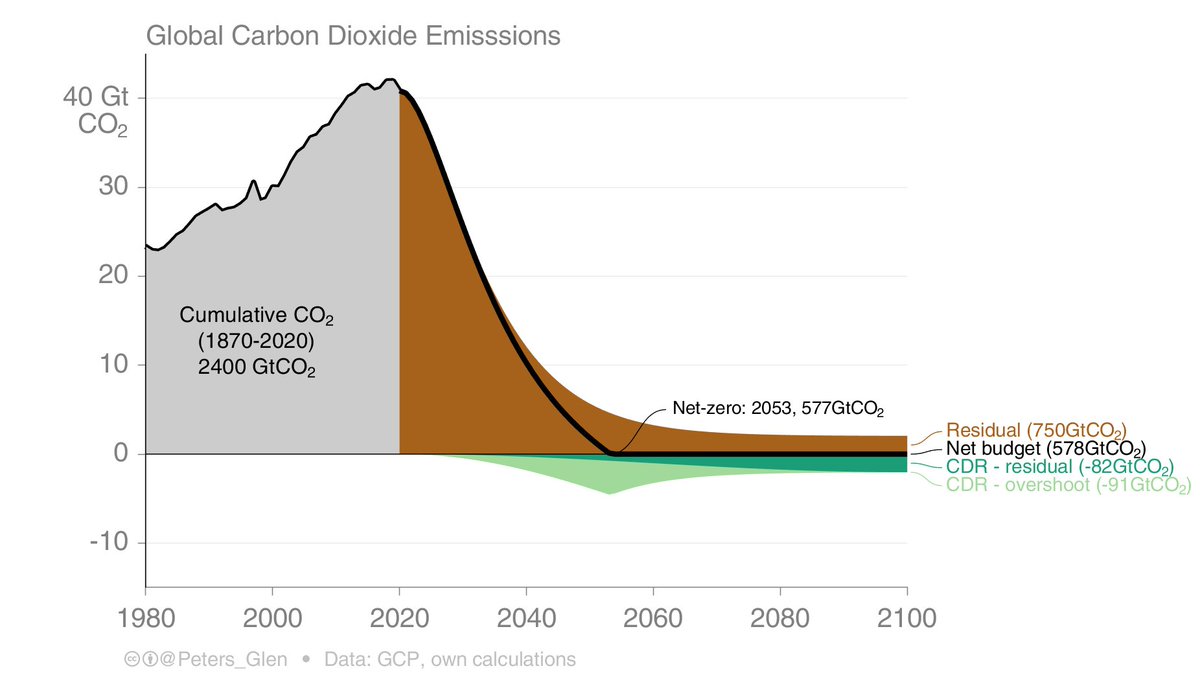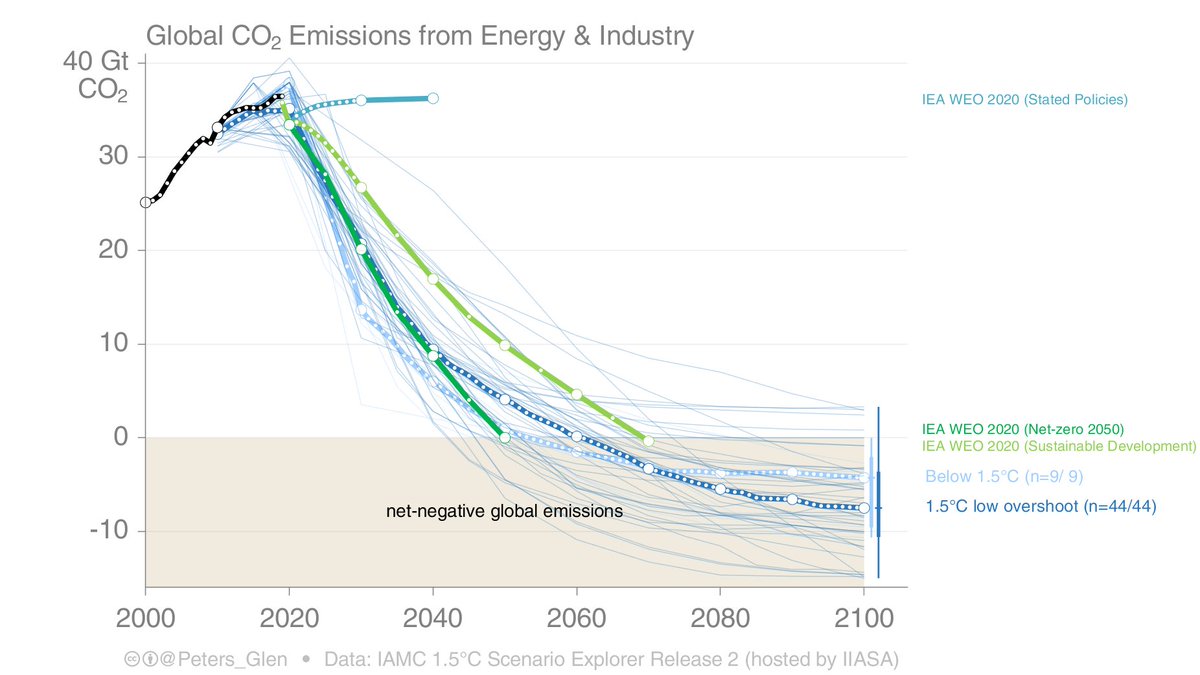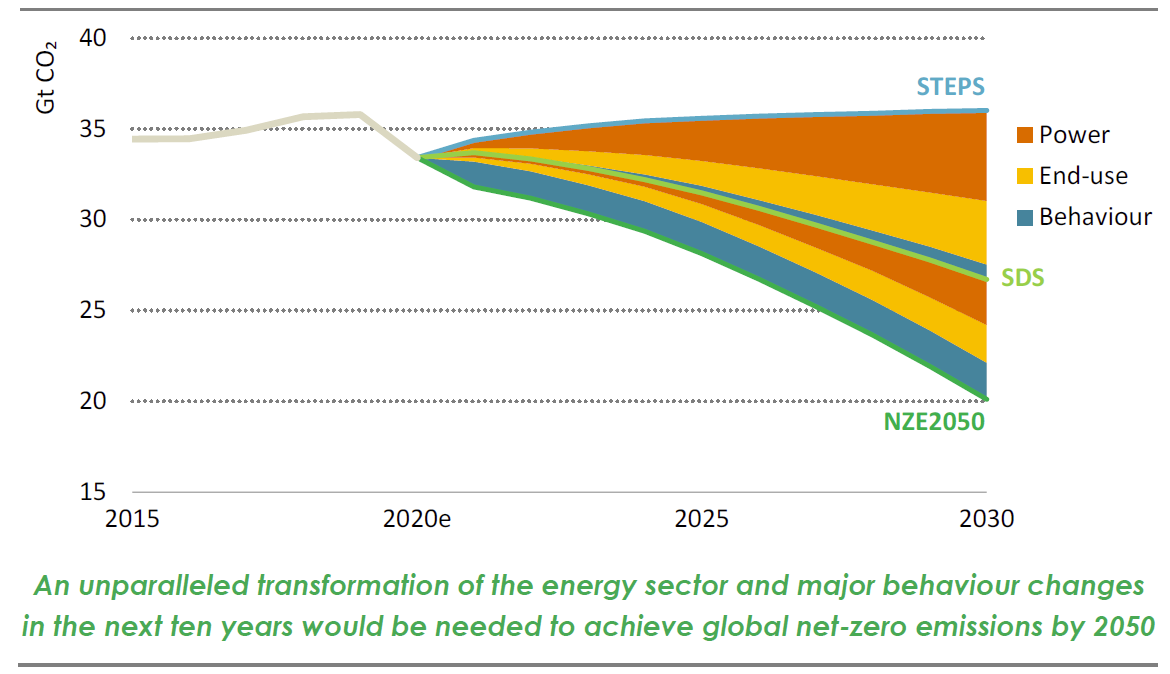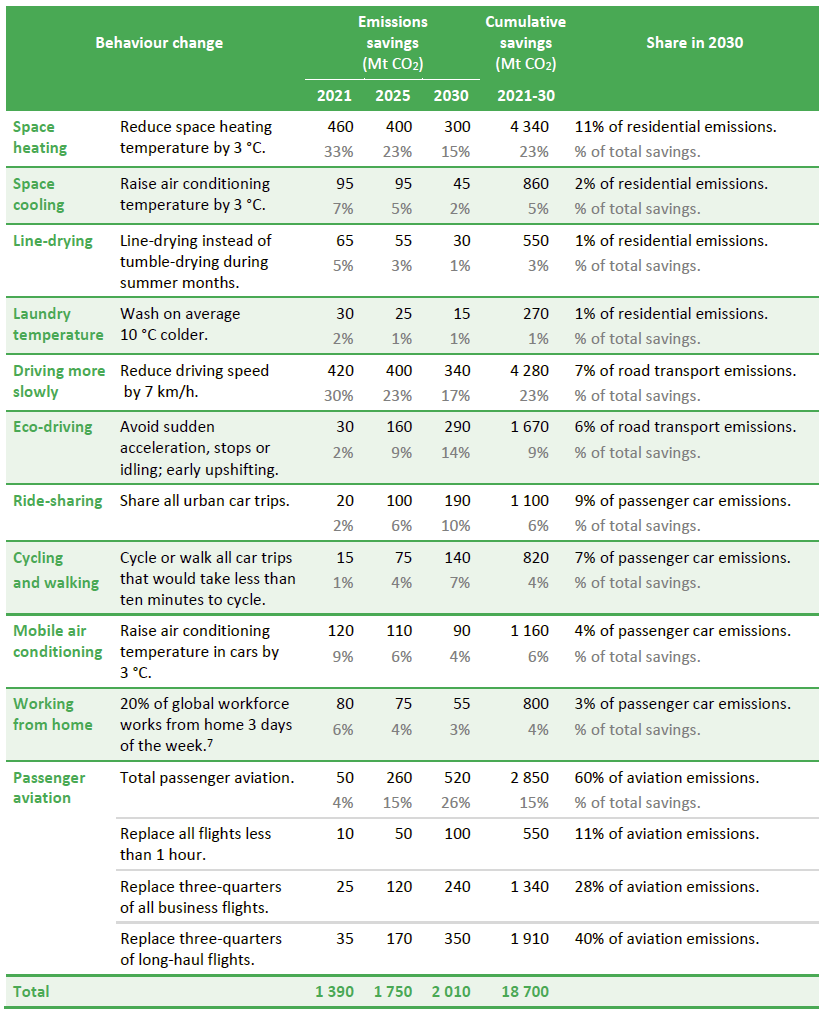
The world's top (male) climate researchers quoted in an article by the Norwegian public broadcaster on the permafrost paper (@MichaelEMann @hausfath, @richardabetts @bjornhs)
Most interesting is how Randers responds.
1/
by @NRKHallvard
nrk.no/norge/klimafor…
Most interesting is how Randers responds.
1/
by @NRKHallvard
nrk.no/norge/klimafor…
"Nothing would have been better than us being wrong"
"If we are right, as I am pretty sure we are, then we have helped to improve climate models and can provide better input on policy"
"It is wrong to say that our model cannot be used to analyze this type of question"
2/
"If we are right, as I am pretty sure we are, then we have helped to improve climate models and can provide better input on policy"
"It is wrong to say that our model cannot be used to analyze this type of question"
2/
"The point is that it is a different model that is casual, dynamic & based on fundamental physical causal models"
"The reason we are writing this is because we are begging on our knees that they investigate whether this is present in their models. Now we have attention."
3/
"The reason we are writing this is because we are begging on our knees that they investigate whether this is present in their models. Now we have attention."
3/
Randers says he certainly does not care that his results are downplayed by a number of well-known climate scientists.
"No, I am delighted & have achieved what I wanted"
[He puts the onus on climate modelers to disprove his results & to disprove a future feedback is hard!]
4/
"No, I am delighted & have achieved what I wanted"
[He puts the onus on climate modelers to disprove his results & to disprove a future feedback is hard!]
4/
Of course, use Google Translate if you don't read Norwegian. Works reasonably well & I have to check for a few words & phrases too... (like "sables ned")
5/5
5/5
• • •
Missing some Tweet in this thread? You can try to
force a refresh





